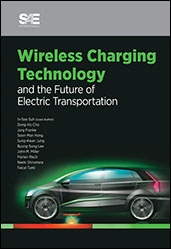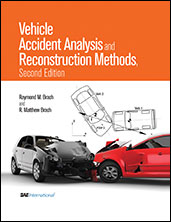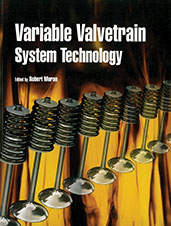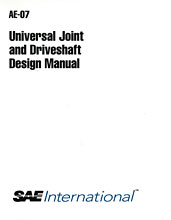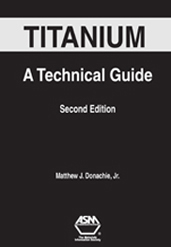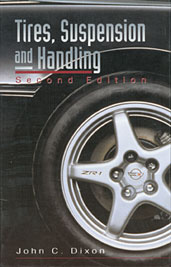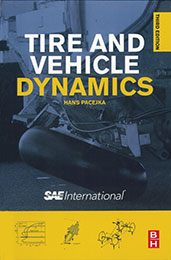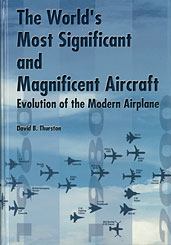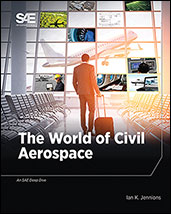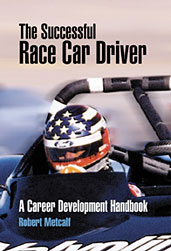Book
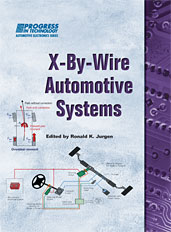
X-By-Wire Automotive Systems
2009-02-18
This book contains 46 papers covering the past ten years (1999-2008) of research on various by-wire systems, looking at the challenges faced by design engineers as traditional hydraulic or mechanical linkages are replaced by electronic control systems. Topics covered include: Architecture and Software Considerations; Brake-By-Wire Systems; Steer-By-Wire Systems; Drive-By-Wire Systems; Communication Networks The book also includes editor Ronald K. Jurgen's introduction "Replacing Hydraulics and Mechanics with Electronics" and a concluding section on future trends in X-By-Wire systems.
